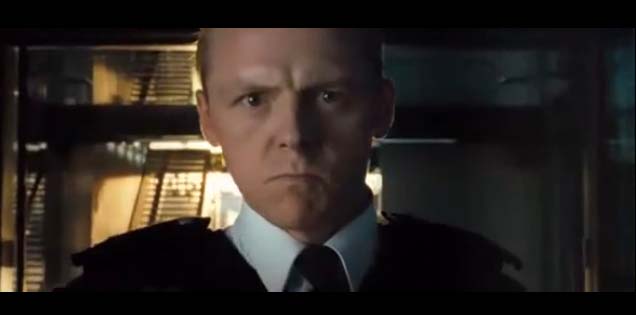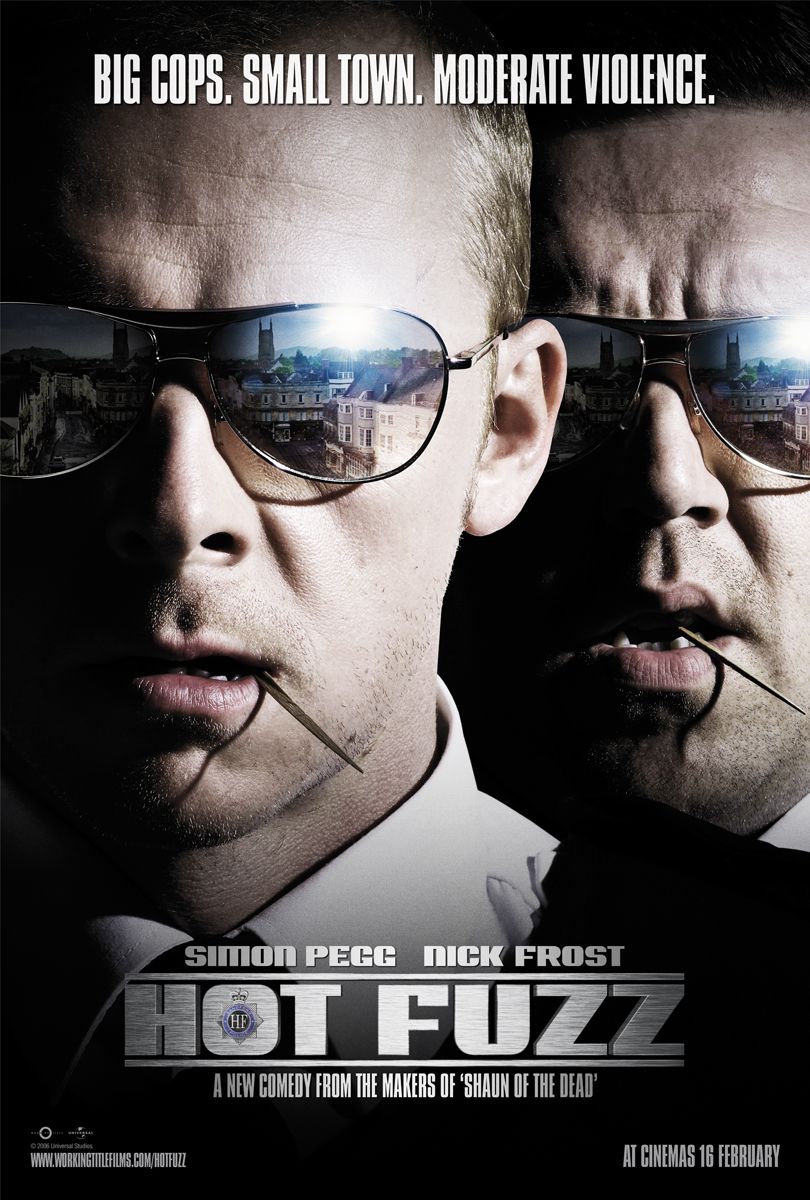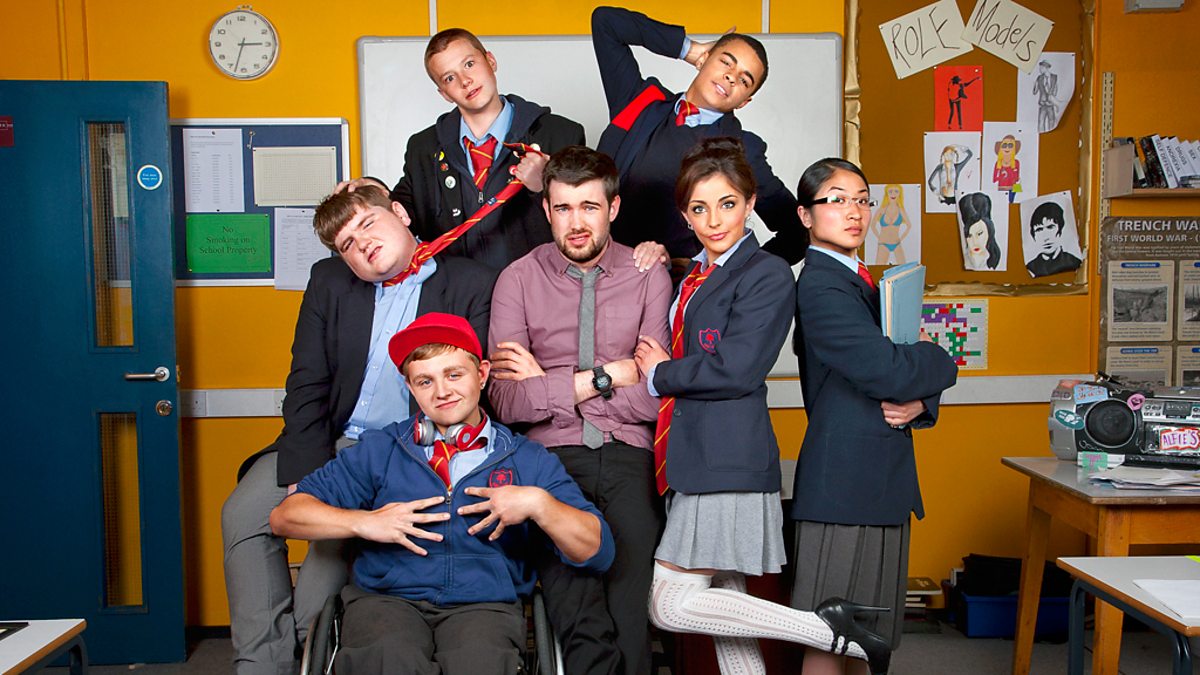The Codes and Conventions of film openings are what film makers use in order to create the perfect opening sequence in order to set the scene of a movie. A Code or Convention could be to make sure that you show the setting in the sequence so that the audience knows where they are when the film starts, it could also be
-Establishing a main character
-Including a plot or just an introduction to show the characteristics of the film
-Genre of the film
-Titles
When it comes down to titles we will see things like the distributer e.g. Warner Bros who help to market and distribute the film around the world. Then we your Producers who handle finances and marketing with your Directors who actually watch over the film and make sure that everything is being done correctly.
Here are a couple film openings in which I have deconstructed
1. Spectre (James Bond)

This opening I watched very recently and it is by far and away on of the best opening sequences to film I have ever seen. For almost 5 minutes the first shot comes from what looks to be one camera filmed by a drone flying over a festival and following a character into a building. This must of taken so long to do as everything had to perfect for 5 minutes straight, that's lighting, sound, actors, Mise en scene and camera work this all needed to be perfect for it even to be counted as a take the only point at which the camera editing changes is when James Bond points his gun at a building. The lighting and sound was all diegetic this means it was all natural and makes it all look and sound like you are there in this "Day of the Dead festival" The skeletons in this opening sequence could be a reference to earlier bond movies such as Live and let die which also featured this unique festival. It could also represent death that is bound to come in this film as it has an action genre.

Here we have a still of the long opening sequence in which James is approaching his target you can see that the rule of thirds has been used in order to direct the audiences attention to James in the foreground with the festival and buildings in the background.
However there are not any titles through this sequence so that the audiences attention can be directed straight to the sequence and also because James Bond has that signature music scene when the bond song is played and we get an idea of what will happen in the movie. The festival opening is there to show to the audience who this main character is and what he does.
2. Hot Fuzz (Simon Pegg and Nick Frost)

I thought it would only be appropriate to include an opening of a Simon Pegg and Nick frost film. Despite this film being a parody the opening sequence is very good for its "Played Genre"
 The first shot we get lasts for around 10-15 seconds ad it involves a man walking toward he camera. The lighting here is very good as from a distance we can only see the persons outline as he is a silhouette. This hides them from the audience giving them a scene of mystery as they don't know anything about this man yet. The sound diegetic so all you hear is the sound of the mans footsteps this is very atmospheric as it is very simple and helps the user immerse themselves in the film. The camera shot starts out as an extreme long shot however as the character gets closer and the camera slowly zooms in it digresses to a long shot to a medium long shot to a medium shot to a close up shot, technically that's a lot of depth covered in one shot. This helps to create suspension plus the serious face adds to this effect. The rest of thee sequence is fast paced with quick editing and non diegetic of the narration.
The first shot we get lasts for around 10-15 seconds ad it involves a man walking toward he camera. The lighting here is very good as from a distance we can only see the persons outline as he is a silhouette. This hides them from the audience giving them a scene of mystery as they don't know anything about this man yet. The sound diegetic so all you hear is the sound of the mans footsteps this is very atmospheric as it is very simple and helps the user immerse themselves in the film. The camera shot starts out as an extreme long shot however as the character gets closer and the camera slowly zooms in it digresses to a long shot to a medium long shot to a medium shot to a close up shot, technically that's a lot of depth covered in one shot. This helps to create suspension plus the serious face adds to this effect. The rest of thee sequence is fast paced with quick editing and non diegetic of the narration. Ok thanks for reading hope this deconstruction on the Codes and Conventions helps along with the examples.

















